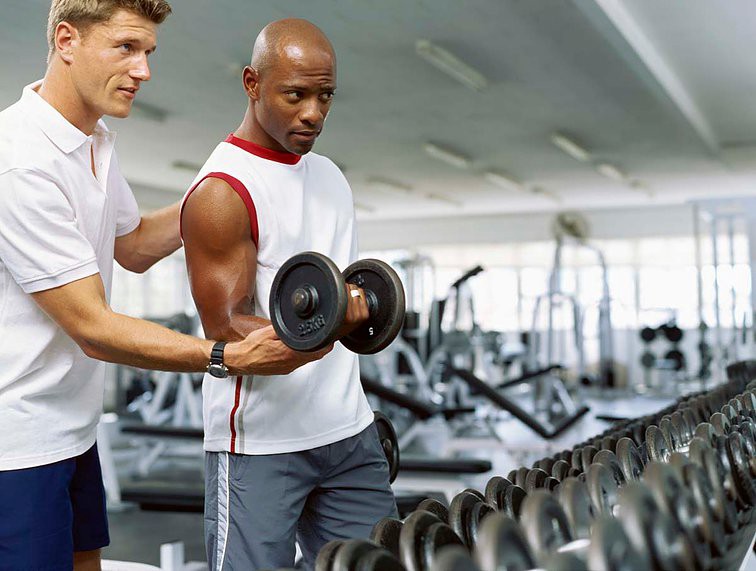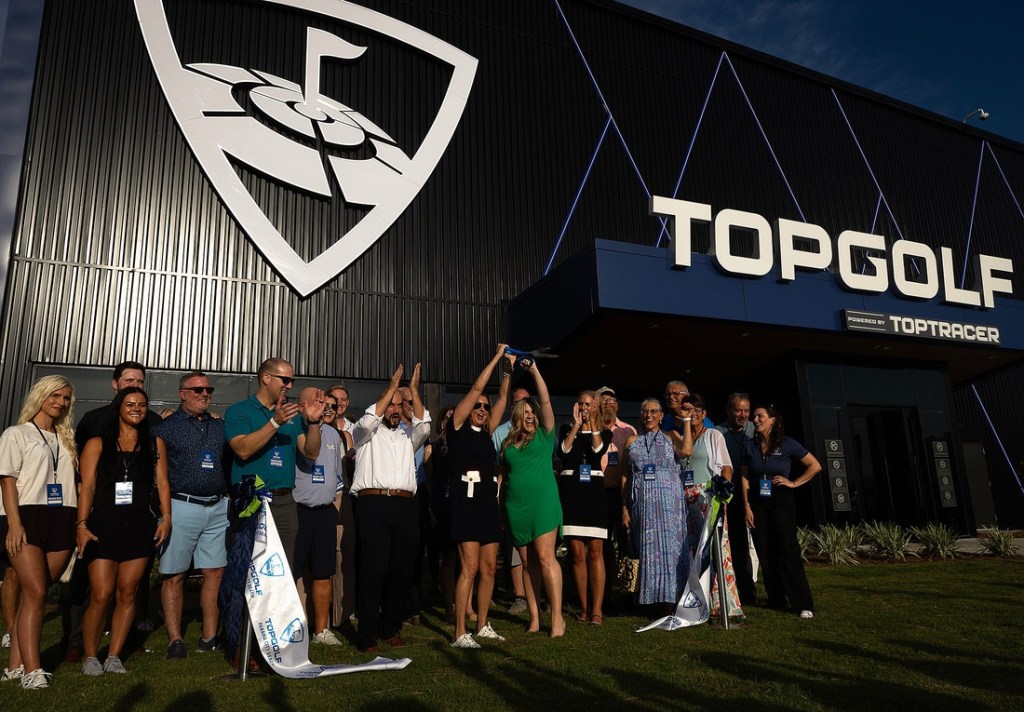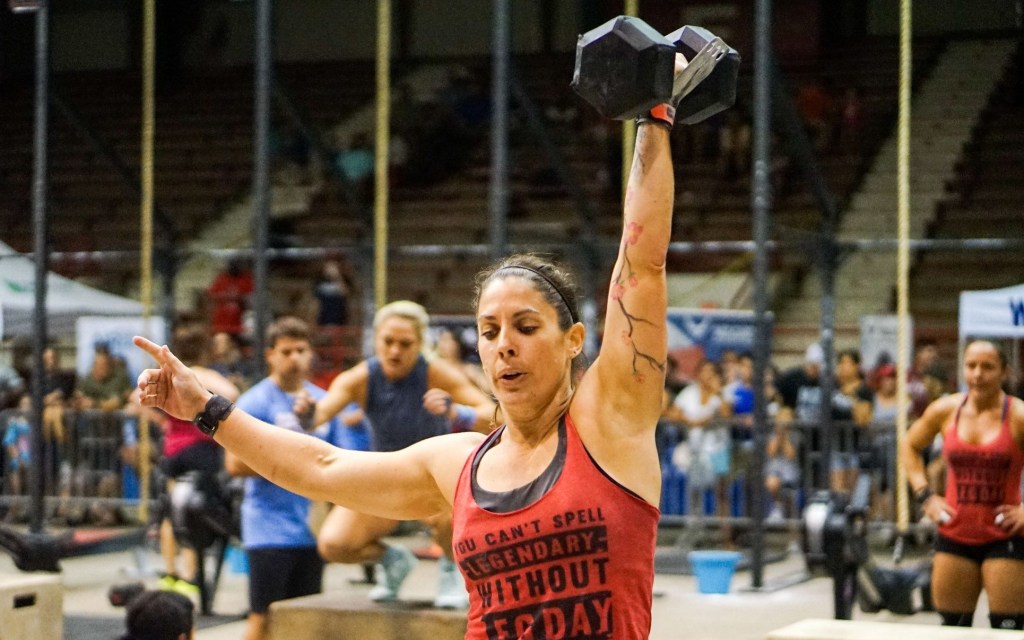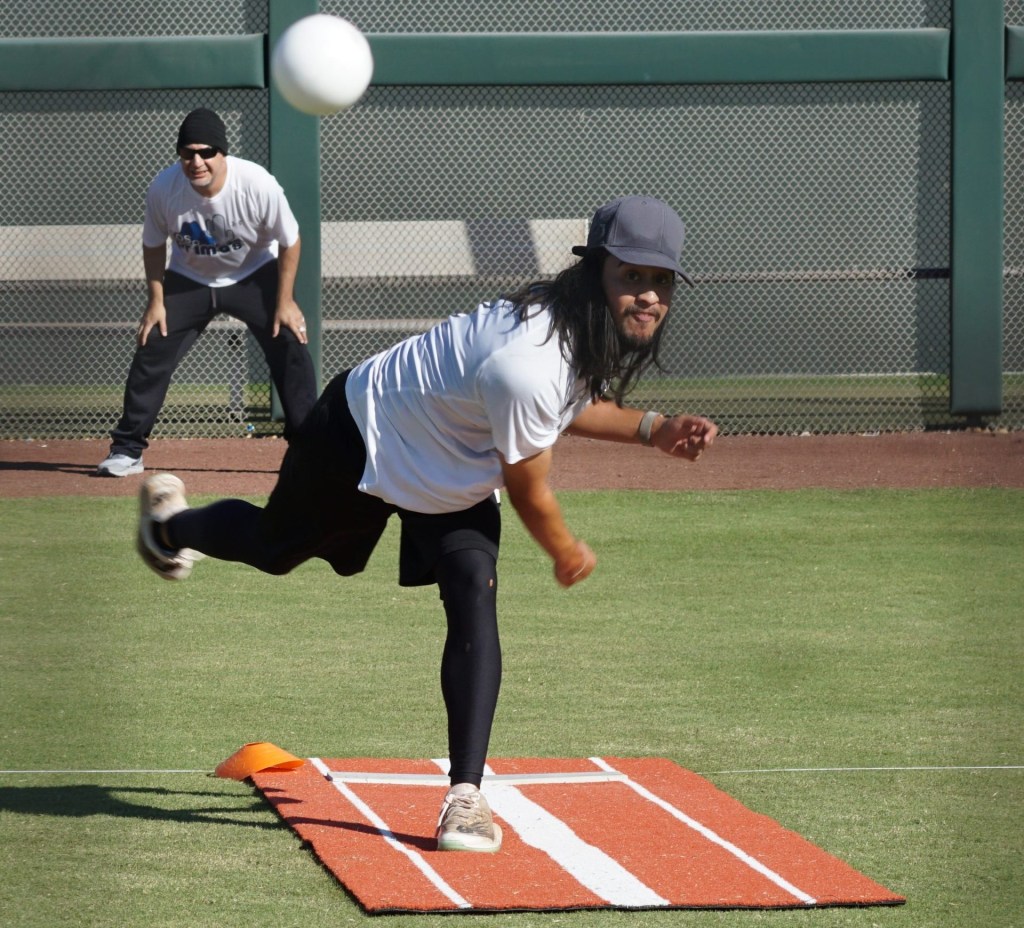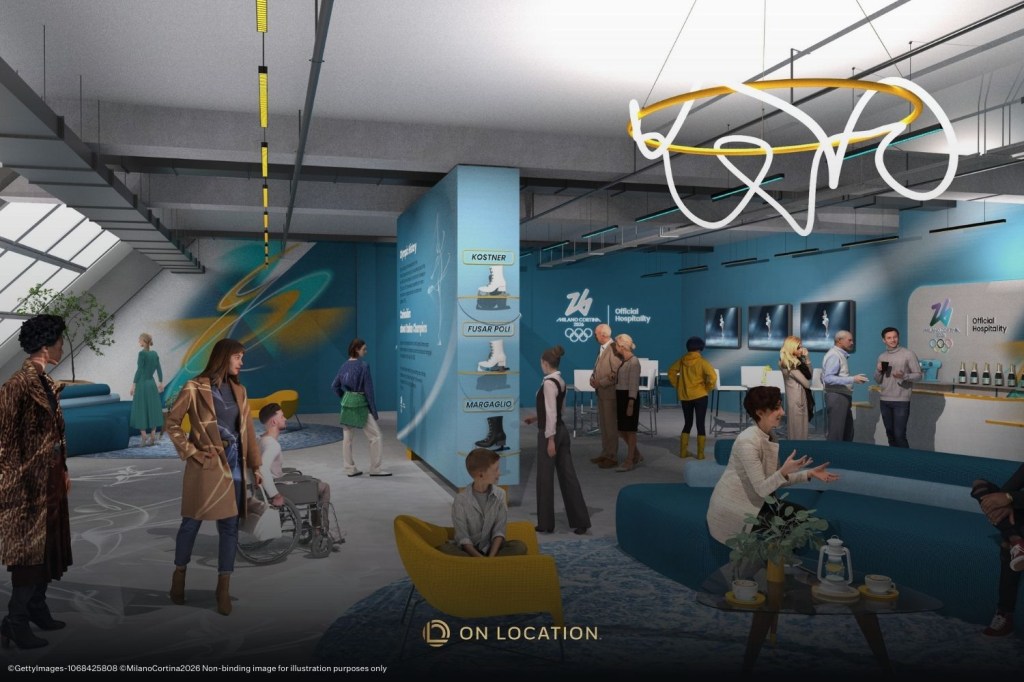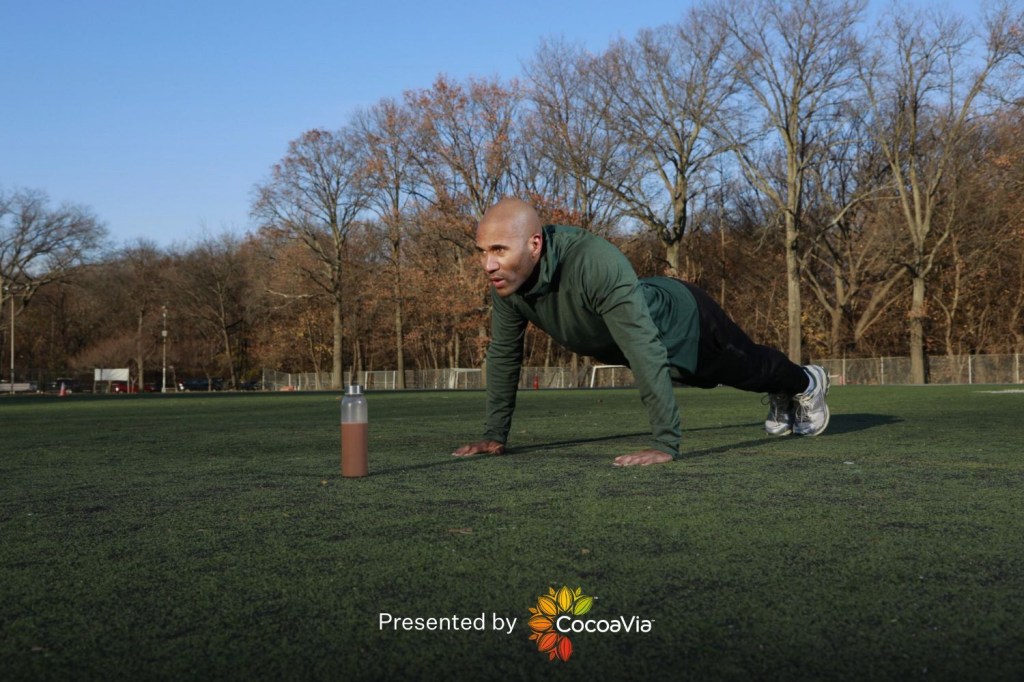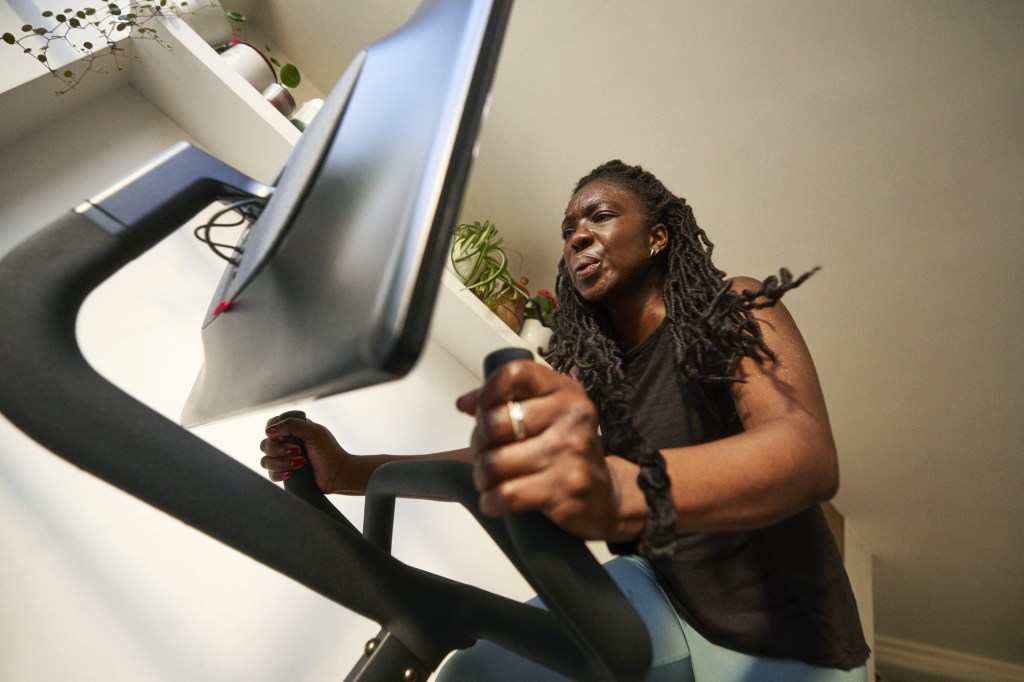By: Jason Lupo

Think back all the way to 5th Grade and you may remember the Scientific Method. I know it may be a while, but more than likely you were able to recite all 7 steps. Although you might have aced the test a long time ago and maybe you still can, our implementation often falls short.
Truth is, we go through the scientific method with majority of our decision making, except these steps occur in our subconscious. However imagine if we were to think through the scientific method every time we made a decision, maybe our results would change.
We may be able to reclassify the scientific method as the business method, the coaching method or even the how to raise kids method, because the scientific method applies to nearly every element of our lives. Before I address our downfalls when it comes to the implementation of the scientific method, we first must spruce up our understanding of the scientific method. Here is a quick and condensed review of the steps:
1) Ask a Question– You have made observations about your athletes or your business for years and you think to yourself I wonder if I do XYZ what will happen? We often do this everyday without conscious thought.
2) Gather Information– So you have an idea and a question, but before you submit your athletes to your new ideas and protocols, you do some research to find out if it even makes sense or if someone else has tried it. When working with my elite athletes this becomes even more important, as I always say to my athletes, “The things we do right account for small gains in performance, but the things we do wrong cause large deficits in performance.” Without proper research, our great ideas may cost us a training block or in the worst of cases an entire season.
3) Form a Hypothesis– Once you have posed your question and done your research, you should have an expected outcome. For instance, by lengthening warm-ups by an extra 10 minutes, athletes should be able to produce higher and more consistent efforts in the main part of the workout.
4) Test your Hypothesis- After creating your hypothesis, it is time to do what we do best, put it to the test! Writing out the strategy and keeping it in the forefront of your mind helps ensure that you stick to the designated protocol.
5 & 6) Analyze and Interpret the Data– When the experiment is over, we must take the time to critically examine the results and outcomes and compare it to what we believed was going to occur.
7) Retest– If we choose to only start with a select number of athletes, maybe we try expanding it to the whole team. It is important to note that beginners will respond with greater result to training stimuli then advanced athletes. If you are working with several skill levels or age groups, be careful not to fall into the one-size fits all model.
Downfalls in Implementation– Most times we do all of the above without much thought, it has become just a normal part of our job description. However due to the lack of solid research techniques and since most of us do not have doctorate degrees and write published journal articles, we tend to fall into a few traps. Here are some of the common errors:
Failure to Complete the Experiment– A lot of the times we ditch our ideas because we are not seeing results fast enough, or we lose faith in our own protocol. This is where you must trust your ideas and follow though with them. Our anxiousness to see our athletes perform well gets in the way of our test and we change up our protocol. It is important to note however that if your test is causing your athletes discomfort, pain or you notice a significant decrease in performance you should cease the program.
Not Enough Data– In order to conclude whether or not your idea worked, you need concrete evidence. In today’s world we have so much useful technology in the palm of our hand. We as coaches need to take advantage of that technology and learn how to properly collect, store and analyze that data.
Data Bias– As coaches we want to be successful and we would like our athletes to be successful, therefore when analyzing data we must not be bias to our own goals and ambitions. Look at the information as if there was no name attached to it. Keep in mind that the results of your test, if successful, will probably be used with future athletes or even in an adjacent training block or period therefore the results of your test are critical for the future of your athletes, your teams and your programs.
Lack of Retest– The human body is in a lot of ways temperamental, do not assume that because you had great success with one 6-week block that the next one will have the same results. When running your experiments keep in mind what part of the season you are in, rest and recovery, the total volume that year and the cumulative stress over the last several months. The smaller your testing sample the less accurate your results will be when comparing them over a large group.
Too Many Variables– Due to the volatility of the human body and its adaptation to training stress, it is important to understand that many things can interrupt and affect your results. For instance, changes in recovery strategies, sleep patterns or stress off the field or training site may drastically alter your results. Therefore it is important to make sure that your athletes keep doing what they have been doing.
Calculated and deliberate decision making is the first step in changing and improving the success of your athletes. Using the scientific method is just one tool that is underused, but can be impactful in changing the outcomes of your training plans.
Keep Coaching My Friends!
Jason Grant Lupo is an experienced coach and program manager specializing in youth, adaptive and elite athletes. Jason has directed and coached teams and athletes in International, National and State competitions in the sport of cycling and swimming. His expertise and passion for youth and sport has provided him the opportunity to travel across the country, coaching athletes and giving seminars and workshops. Furthermore, his background in managing programs has lead him to help others in their quest to create grassroots sporting teams and programs. Jason has always seen sport as a platform for positive teaching and development.
